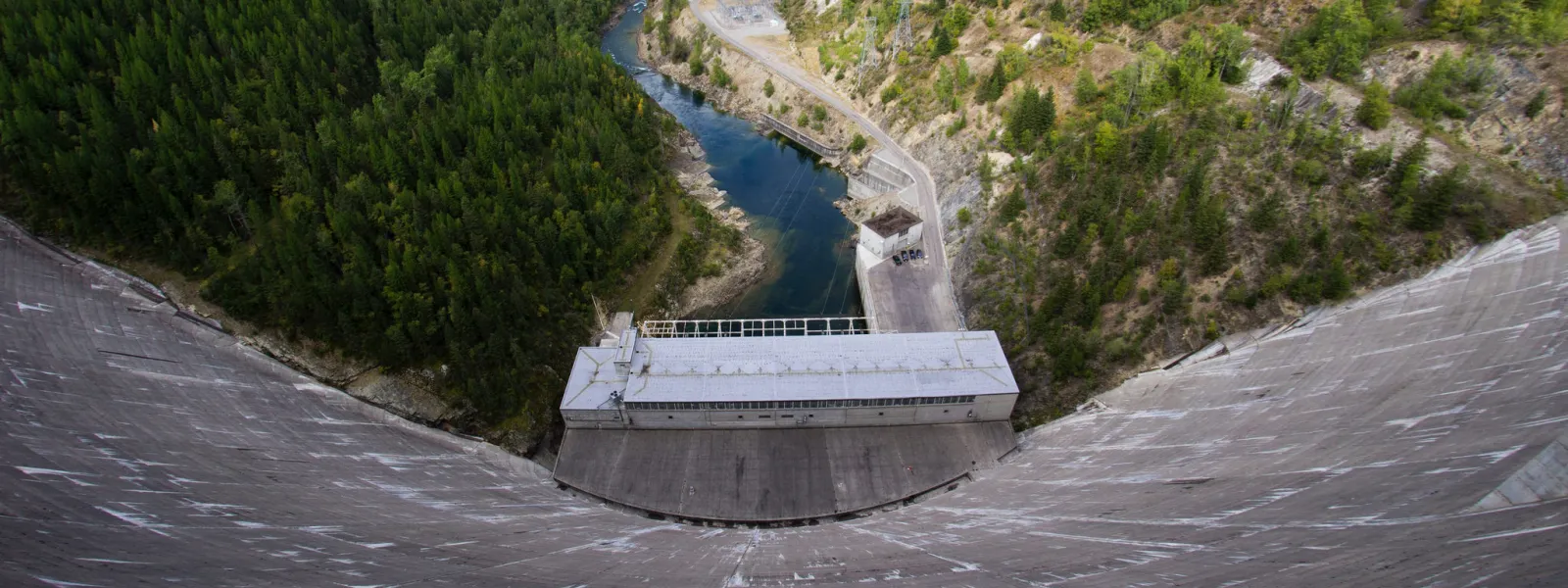
Dam no more: The truth about large dams
READ the Civil Society Manifesto for the Support of Real Climate Solutions!
1. Because large dams contribute to climate change
Construction and operation of large dams causes emissions of CO2 and, especially in tropical regions, they emit methane from the large amounts of decaying organic matter retained in flooded reservoirs. The greenhouse gas effect of methane is 20 to 40 times more powerful than that of CO2.
2. Because they make adaptation more difficult
Dams are not flexible enough to endure climate change. On the contrary, they are inefficient in droughts and unsafe in floods, which aggravates the risk of disasters. Moreover, they threaten entire hydrologic systems and destroy key ecosystems and fisheries, thus compromising the ability of communities to adapt to climate change.
3. Because of the cost overruns, delays and economic damage that they entail
Data show that the majority of dams that have been built cost 96% more than their initial budgets. This expense has been linked to the increase of public debt and to economic crisis in several countries.
4. Because of the long time it takes them to become operational, which makes them an inferior solution to the urgent energy crisis that they are intended to tackle
Construction of large dams takes approximately 8.6 years; and more time is needed to begin operations. Experts have documented that eight out of every ten dams exceed their initial construction-time estimates by more than 44%. They last, on average, only 50 years. Dams are not an efficient solution to urgent energy demands.
5. Because they cause great and irreparable environmental damage
Large dams cause environmental damages to rivers, hydrologic basins and surrounding ecosystems, including: the worsening of water quality in rivers; the degradation of aquatic ecosystems and the disappearance of many riparian ecosystems; and serious harms to biopersity, including the extinction of species.
6. Because their inadequate implementation generates human rights violations and impoverishment of communities
The human rights of the people affected by large dams have been systematically ignored. Large dams have led to forced displacement,health problems, loss of food sources and traditional ways of life, community impoverishment, and criminalization of social protest. Permitting processes are generally flawed: permits are issued without comprehensive environmental or social impact assessments, and without adequate public participation and consultation, including free, prior, informed consent processes.
Together with nearly 200 organizations from around the world, we asked world leaders at the UN Climate Summit in Lima to halt financial incentives and stop promoting the construction of large dams. READ THE LETTER we sent to national representatives, leaders of the UNFCCC, International Development Banks and members of the Green Climate Fund.

